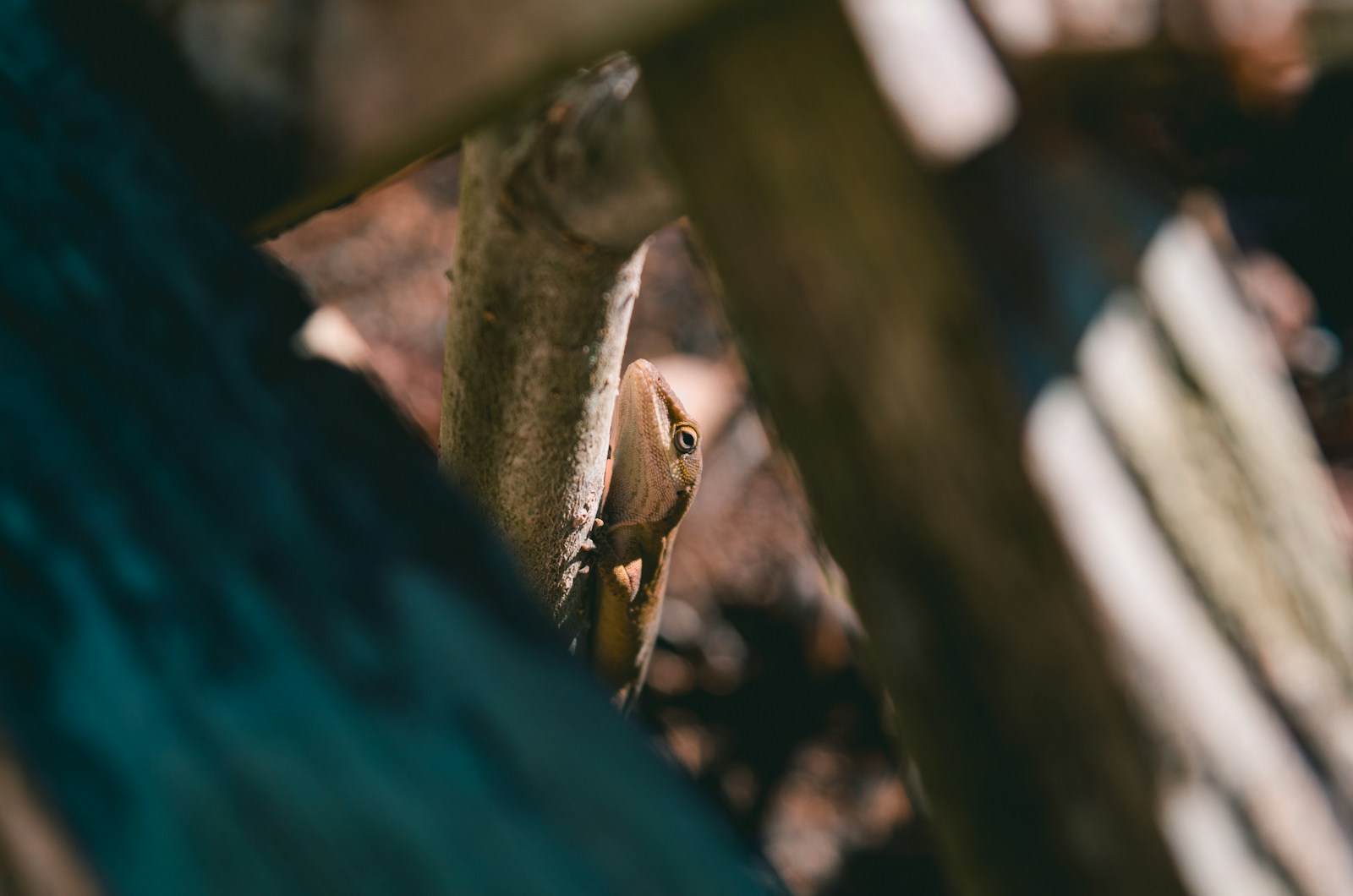Most people think of snakes as solitary predators, silently stalking their prey alone before striking with deadly precision. However, nature continually surprises us with its complexity and adaptability. Some snake species have evolved remarkable cooperative hunting strategies that challenge our understanding of reptilian behavior and social dynamics. These collaborative hunters coordinate their efforts to increase hunting success, targeting prey that might otherwise be too difficult for a single snake to capture. This fascinating aspect of snake behavior reveals sophisticated social interactions and strategic thinking that many wouldn’t expect from these reptiles. In this article, we’ll explore the surprising world of cooperative hunting among snakes, examining which species exhibit this behavior, the evolutionary advantages it provides, and the complex dynamics that make these team efforts successful.
The Unexpected Social Nature of Certain Snake Species
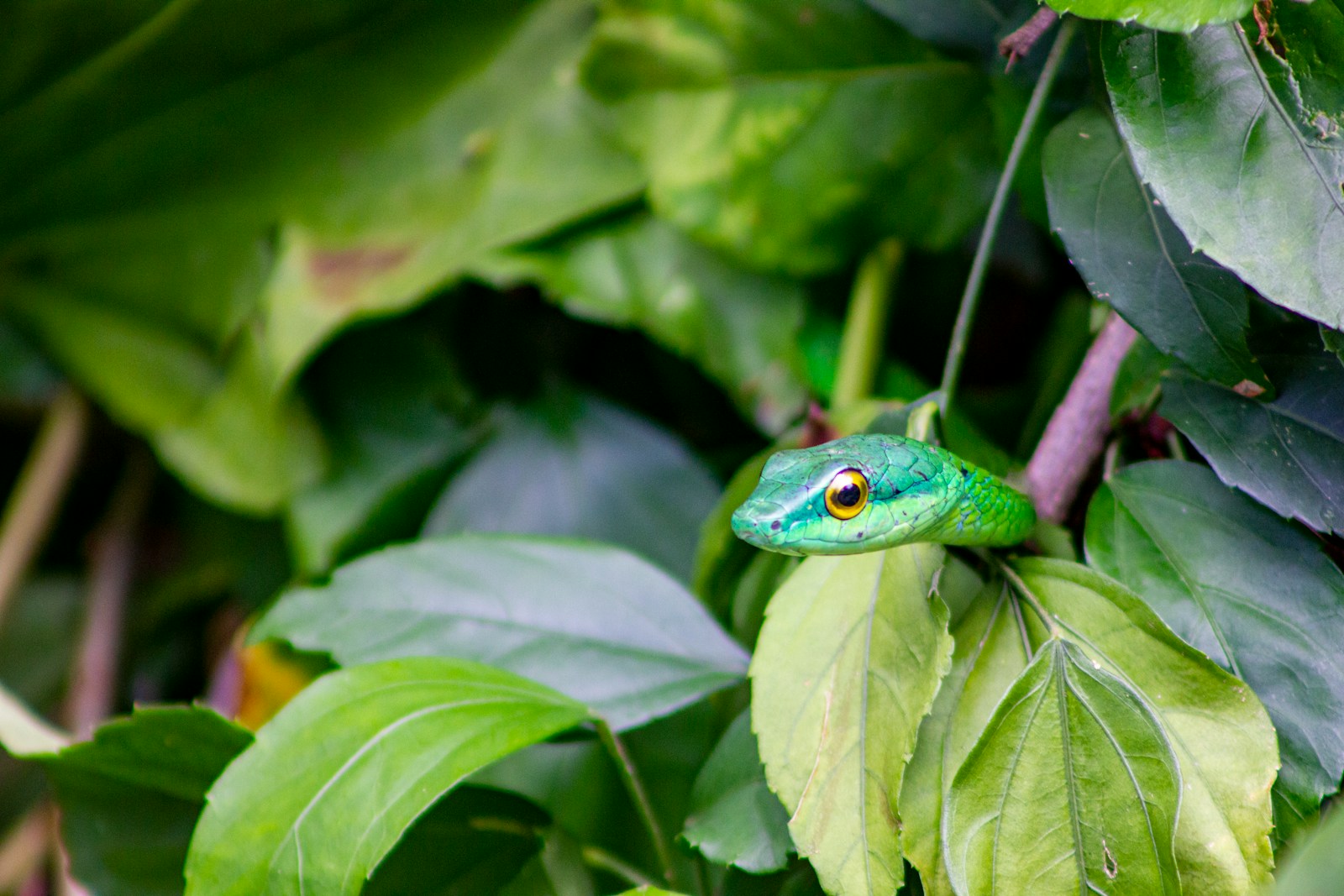
While most snake species are indeed solitary creatures, certain species break this stereotype by engaging in complex social behaviors, including cooperative hunting. Cuban boas (Chilabothrus angulifer) represent one of the most well-documented cases of this phenomenon, coordinating their hunting efforts in the caves where bats roost. Researchers have also observed similar behaviors in certain python species and some sea snakes, suggesting this strategy has evolved independently across different snake lineages. These social interactions challenge the long-held belief that snakes lack the cognitive capacity for cooperation and indicate that reptilian intelligence may be more sophisticated than previously thought. The presence of these behaviors across different snake families suggests cooperative hunting provides significant survival advantages in certain ecological contexts.
Cuban Boas: Masters of Coordinated Cave Hunting
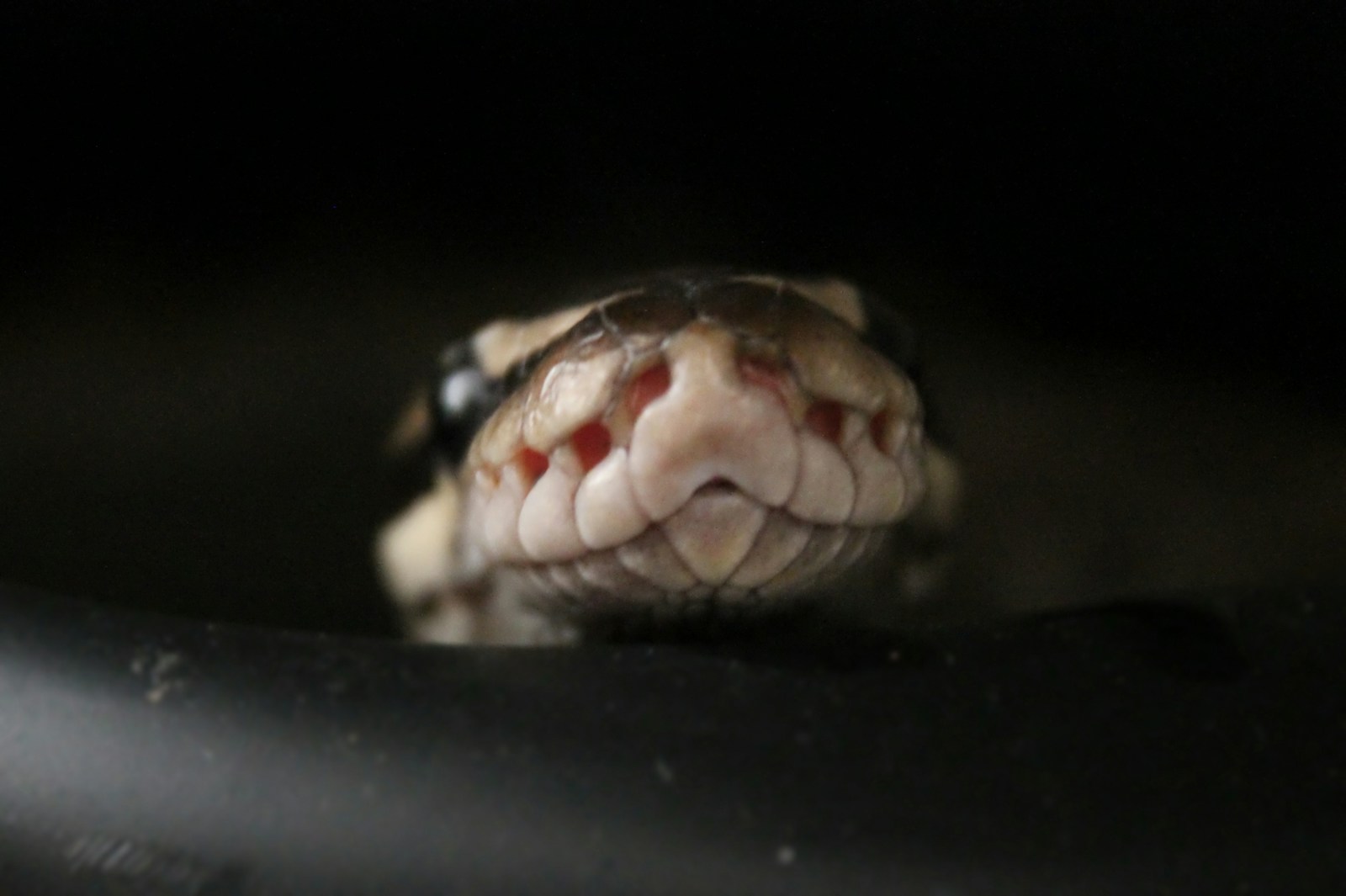
Cuban boas have developed an impressive hunting strategy that involves multiple individuals working together to capture bats in cave systems. These snakes position themselves strategically at cave entrances during the times when bats emerge for nightly feeding or return at dawn. By hanging from the cave ceiling and spacing themselves in a deliberate pattern, they create a more effective trap that increases the likelihood of capturing bats as they fly through the limited space. Research has shown that the presence of multiple boas significantly improves hunting success rates compared to individual hunting efforts. Remarkably, the snakes appear to adjust their positions relative to one another, suggesting they are aware of their fellow hunters and actively coordinate their efforts rather than simply gathering in the same location by chance.
The Evolutionary Advantages of Team Hunting
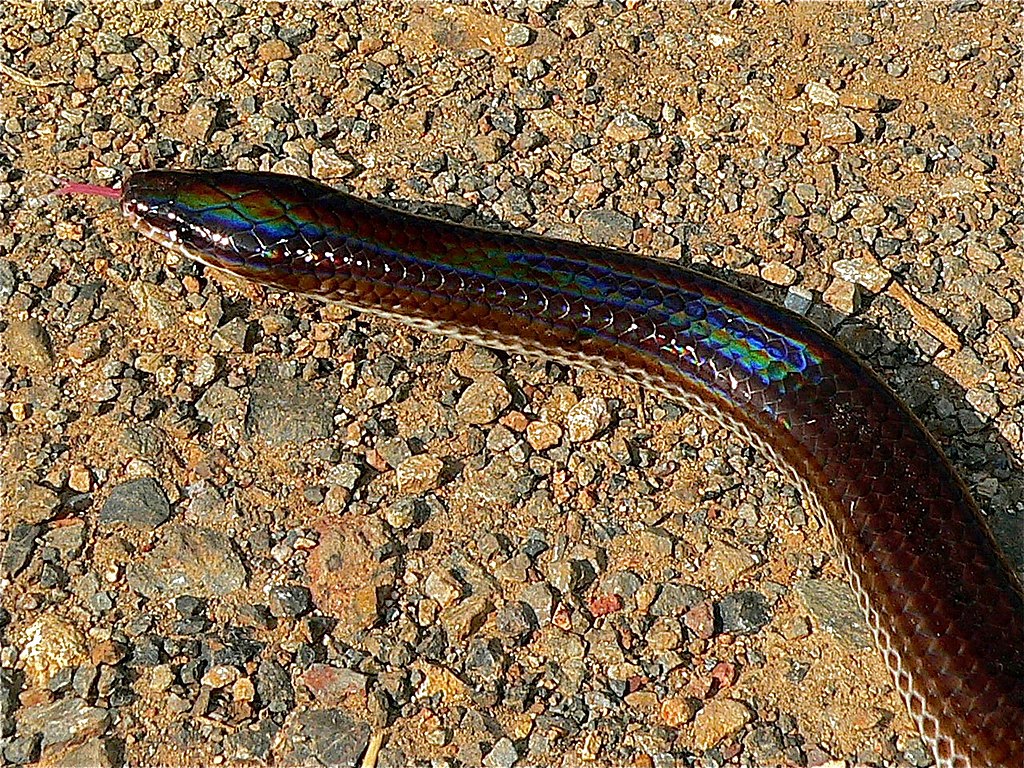
Cooperative hunting strategies have evolved in snakes primarily because they increase predatory success rates in challenging environments. When targeting fast-moving prey like bats or birds, multiple snakes can create more effective barriers or traps that are difficult for prey to evade. This strategy is particularly valuable when hunting in three-dimensional environments such as caves or trees where prey have many potential escape routes. Energy conservation represents another significant advantage, as coordinated hunting can reduce the number of failed capture attempts, which are metabolically costly for ectothermic animals like snakes. Additionally, successful cooperative hunting can allow snakes to target larger prey items that would be impossible for a single individual to subdue, expanding their potential food sources in resource-limited environments.
Cognitive Requirements for Coordination

The ability to hunt cooperatively requires cognitive abilities that many researchers previously didn’t attribute to reptiles. Effective coordination demands some level of social awareness, with individual snakes recognizing conspecifics not as competitors or threats but as potential collaborators. Snakes engaged in cooperative hunting must process spatial information about both their own position and the position of other hunters to maintain effective formation. Some scientists believe these behaviors suggest rudimentary theory of mind capabilities, where the snakes may anticipate the actions of both their prey and fellow hunters. These cognitive demands challenge traditional views about reptilian intelligence and suggest that environmental pressures have selected for more complex information processing in certain snake species than previously recognized.
Breeding Season Influences on Hunting Behavior
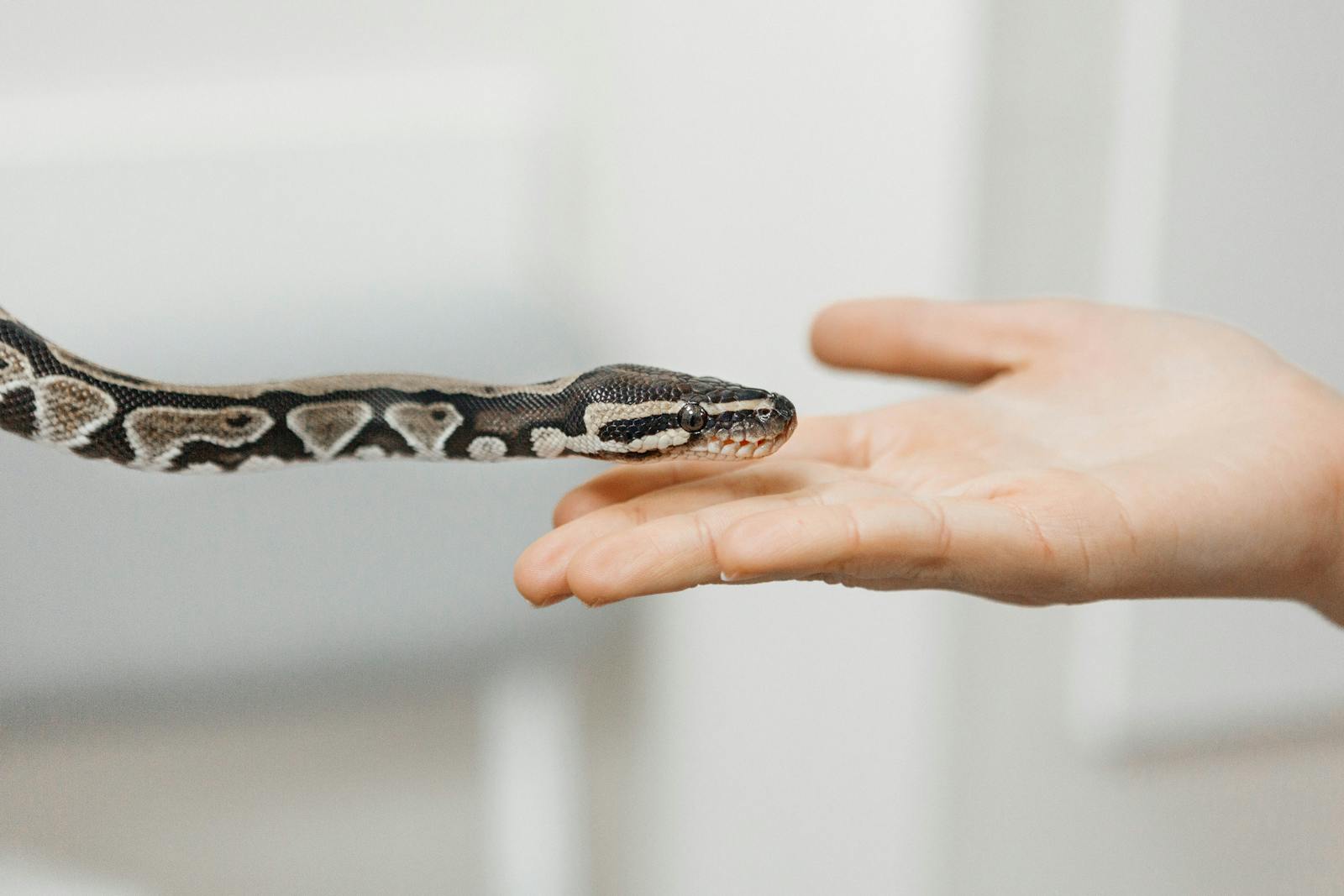
For many cooperatively hunting snake species, breeding season significantly impacts their social hunting behaviors. During mating periods, snakes naturally gather in higher concentrations, potentially creating more opportunities for cooperative hunting to emerge. Male Cuban boas often aggregate near female territories during breeding seasons, and these gatherings may transition into hunting partnerships when prey becomes available. Researchers have observed that the composition of hunting groups often reflects breeding relationships, with potential mates more likely to coordinate their hunting efforts. This connection between reproduction and hunting suggests that cooperative strategies may have initially evolved as an extension of breeding behaviors, where snakes already in proximity for mating purposes discovered the benefits of coordinated hunting.
Communication Methods Among Hunting Snakes

Despite lacking vocal communication abilities, cooperatively hunting snakes employ various methods to coordinate their actions. Chemical signaling plays a crucial role, with snakes releasing pheromones that may indicate hunting readiness or success to nearby conspecifics. Body positioning and movement patterns serve as visual signals that help maintain proper spacing and positioning during coordinated hunts. Some researchers have observed subtle vibrations or movements that appear to function as timing cues between hunting partners. The mechanics of these communication systems remain partially mysterious, as detecting and interpreting these subtle signals presents challenges for human researchers attempting to document this behavior in the wild.
Environmental Factors That Promote Cooperative Hunting
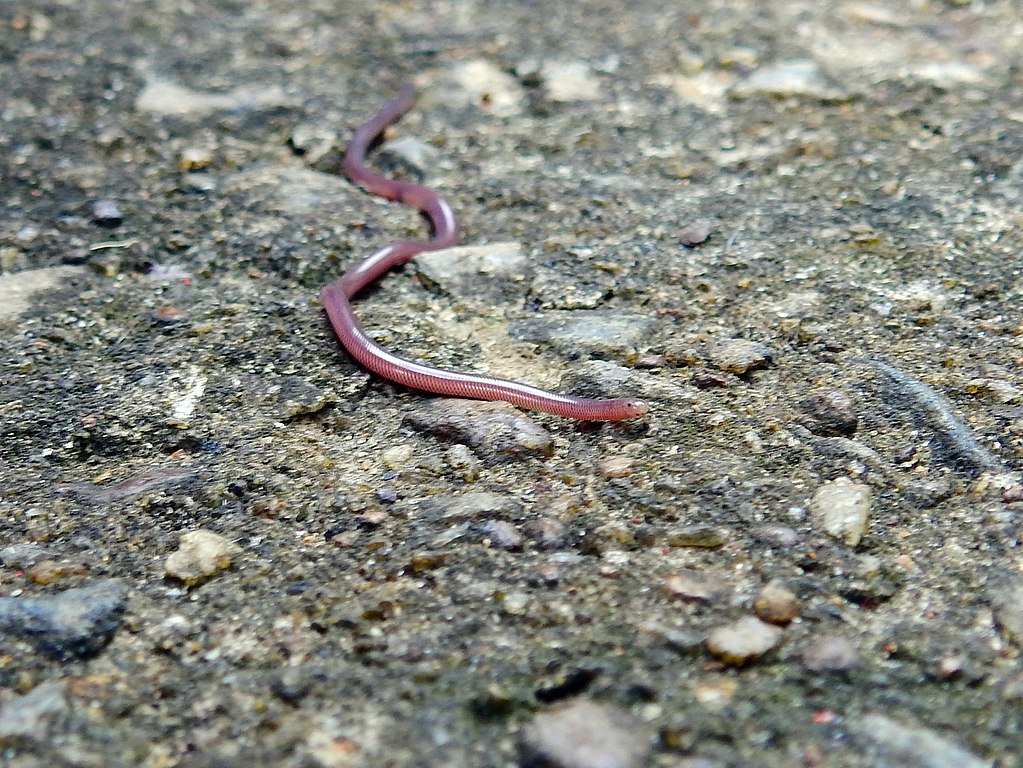
Specific environmental conditions appear to facilitate the evolution of cooperative hunting behaviors in snakes. Cave systems represent one such environment, where the confined space and predictable prey movements make coordination particularly advantageous. Habitats with concentrated but difficult-to-capture prey resources create selection pressure for more efficient hunting strategies, including cooperation. Stable environmental conditions that support higher snake population densities increase the likelihood of social interactions that could develop into coordinated hunting. Climate also plays a role, with some evidence suggesting that cooperative hunting may be more common in tropical environments where year-round activity allows for more consistent social groupings to develop and persist.
Cooperative Hunting in Sea Snakes
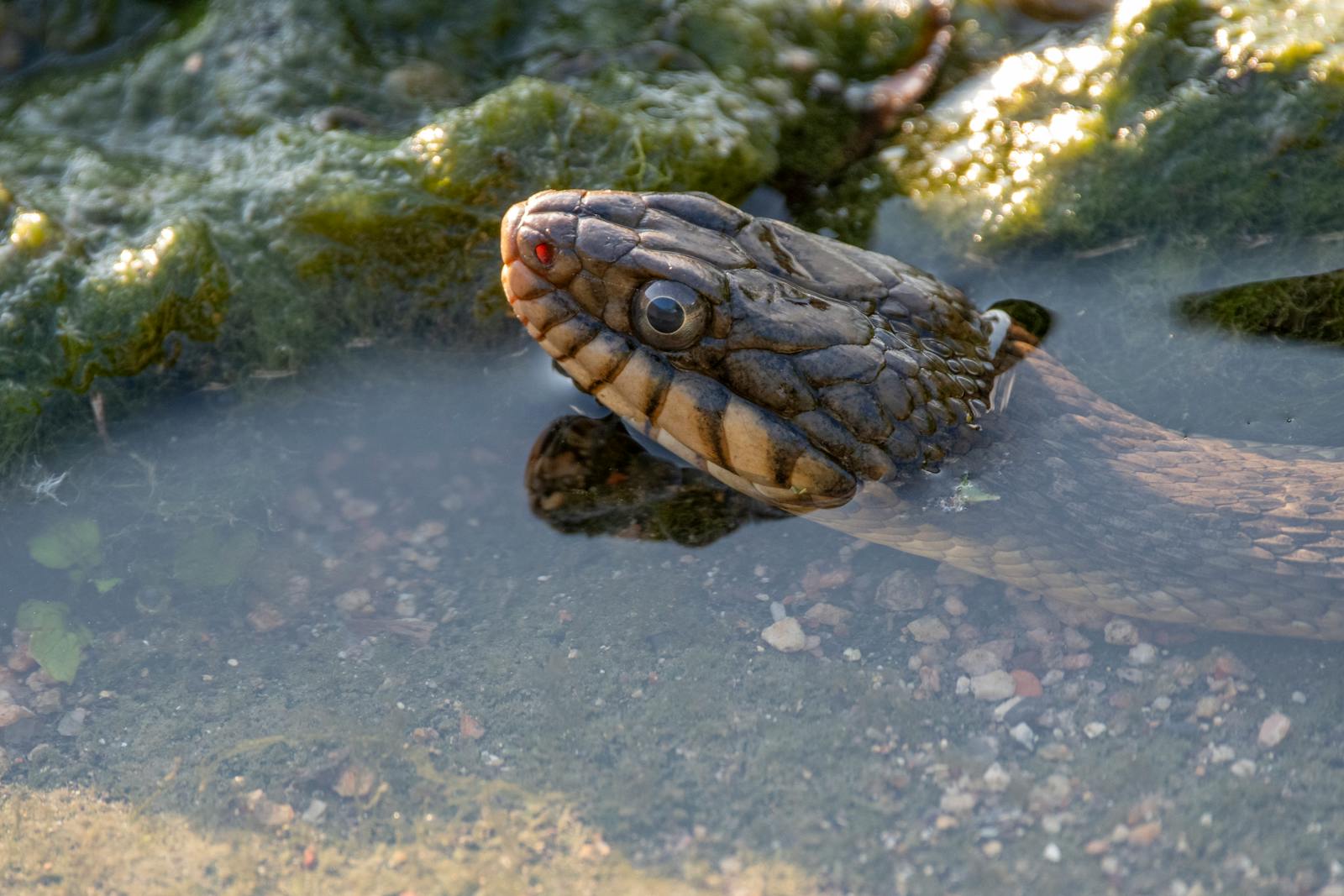
Marine environments have also witnessed the evolution of cooperative hunting behaviors among certain sea snake species. Some sea kraits have been observed hunting in loose aggregations, with multiple individuals simultaneously searching coral reef crevices for fish. This strategy increases the likelihood of flushing prey from hiding places, creating opportunities for captures that would be impossible for a single hunter. The three-dimensional nature of the marine environment presents unique challenges that may make cooperative strategies particularly effective for sea snakes. Unique among reptiles, some sea snake species maintain social bonds over extended periods, with individuals recognizing and preferentially associating with specific hunting partners across multiple foraging events.
The Role of Relatedness in Snake Cooperation
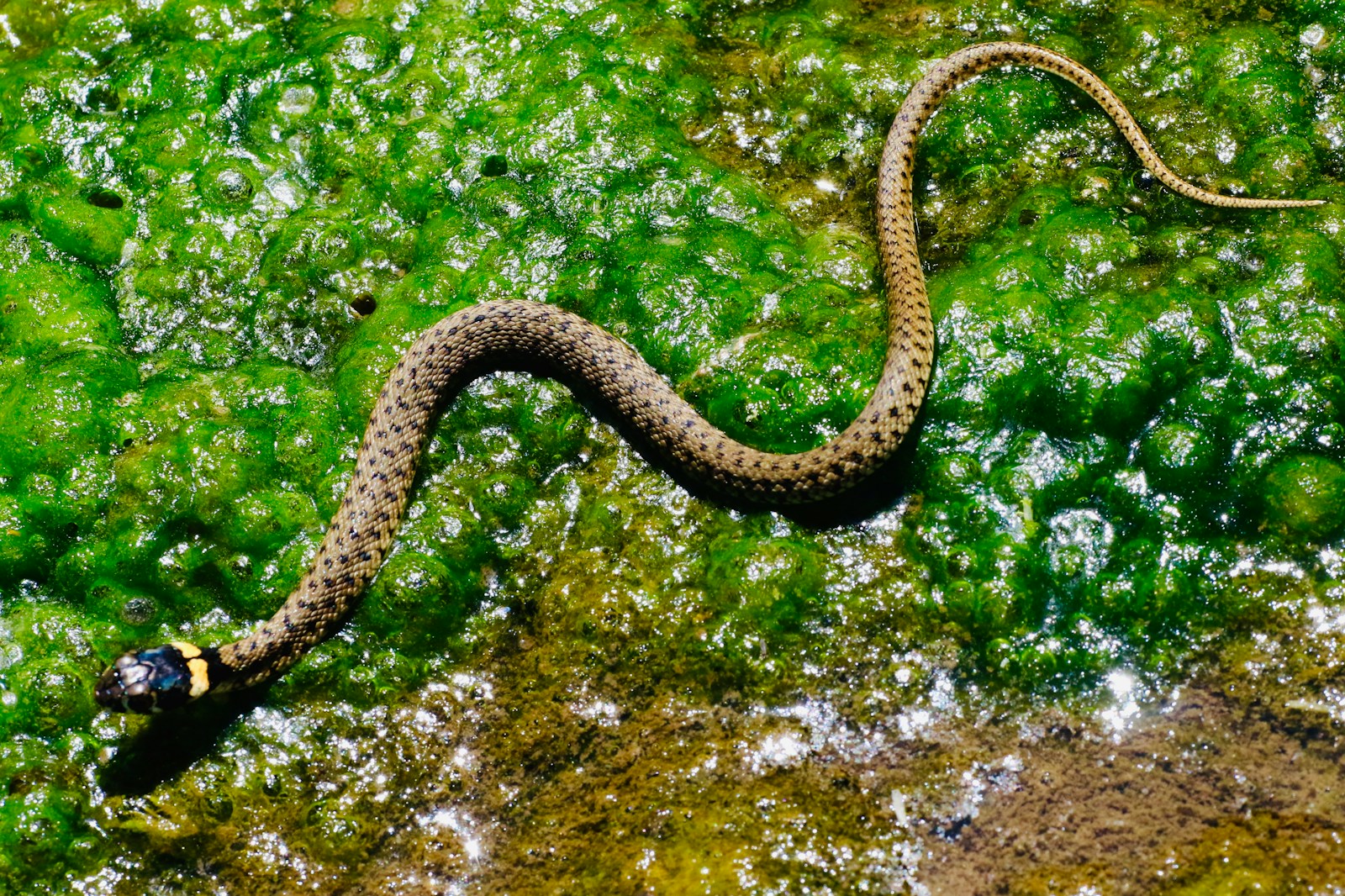
Genetic relatedness appears to influence the likelihood and effectiveness of cooperative hunting among snakes. Studies examining the genetic relationships between cooperatively hunting snakes have found that related individuals are more likely to coordinate their hunting efforts than unrelated snakes. This pattern aligns with kin selection theory, which suggests that cooperative behaviors are more likely to evolve when they benefit related individuals sharing genetic material. Young snakes born from the same clutch often remain in proximity for extended periods in certain species, creating natural opportunities for cooperative hunting behaviors to develop among siblings. However, cooperation isn’t exclusive to related individuals, as the immediate benefits of improved hunting success can outweigh the costs of sharing prey even among unrelated snakes.
Prey Sharing Behaviors After Successful Hunts
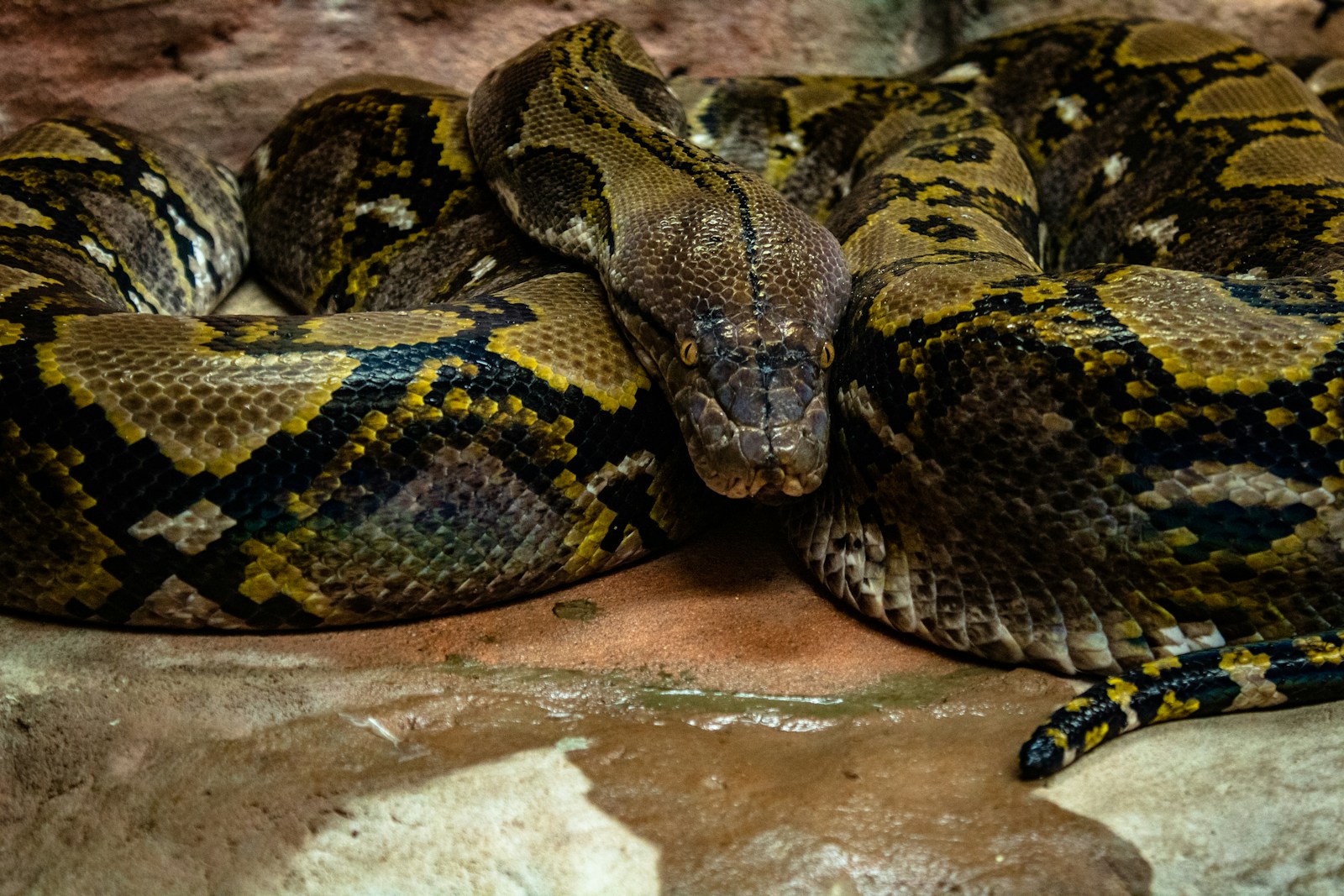
Once a cooperative hunt succeeds, intriguing social dynamics emerge around prey sharing among the hunters. Contrary to what might be expected, many cooperatively hunting snakes don’t actively compete for captured prey but instead exhibit a form of passive sharing. With larger prey items, multiple snakes may simultaneously consume different portions without direct aggression. Dominance hierarchies sometimes influence feeding priority, with larger snakes typically gaining primary access to captured prey. Researchers have noted that unsuccessful hunters in a cooperative group may still receive feeding opportunities, suggesting a system that rewards participation in group hunting efforts regardless of which individual makes the actual capture.
Distinguishing True Cooperation from Opportunistic Aggregation
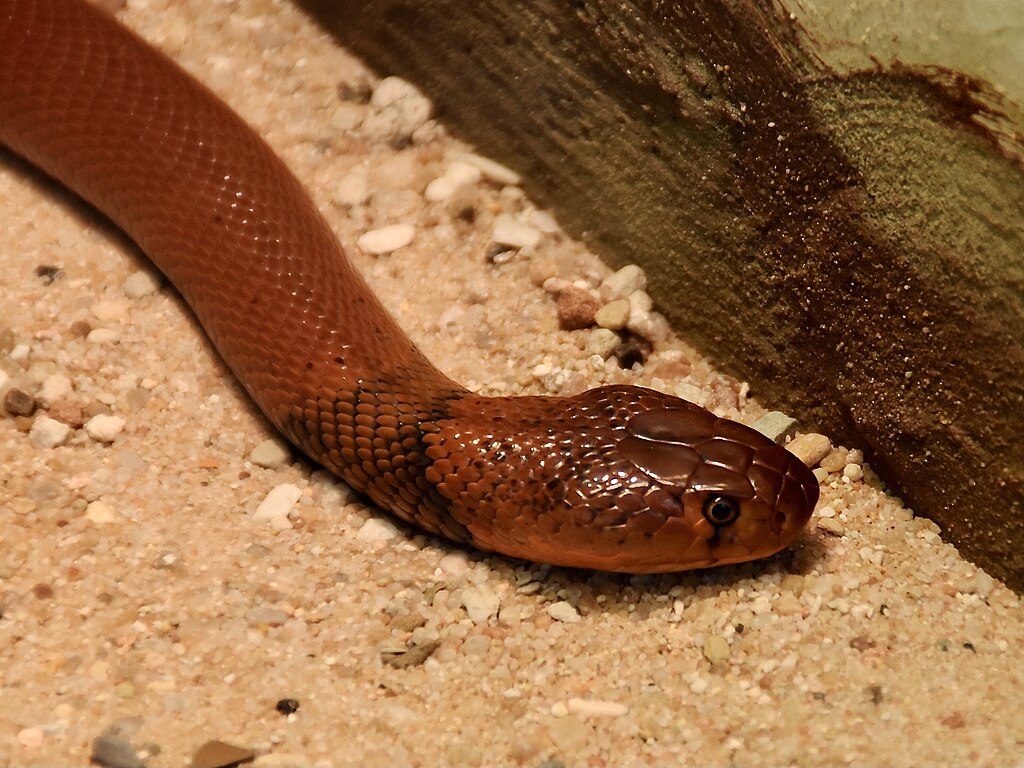
Scientists face significant challenges when determining whether observed multi-snake hunting events represent true cooperation or simply opportunistic aggregation around abundant prey. True cooperative hunting involves intentional coordination rather than chance gatherings of multiple predators attracted to the same prey source. Researchers use several criteria to identify genuine cooperation, including consistent spatial relationships between hunters, improved capture rates compared to solo hunting, and evidence of adjusted behavior based on the presence of other hunters. Controlled experiments that manipulate the number of hunting snakes help quantify the benefits of cooperation and distinguish it from coincidental hunting at the same location. Long-term field studies tracking the same snake populations over time provide the strongest evidence for intentional cooperation by revealing consistent hunting partnerships and coordinated strategies.
Conservation Implications of Complex Social Behaviors

The discovery of cooperative hunting behaviors has important implications for snake conservation efforts worldwide. Traditional conservation approaches that focus primarily on individual snakes may be insufficient for species that rely on social interactions for successful foraging. Habitat fragmentation poses a particular threat to cooperatively hunting species by potentially disrupting the population densities needed for effective group formation. Conservation plans may need modification to ensure protected areas are large enough to maintain the social structures that enable cooperative hunting. Additionally, these complex behaviors highlight the ecological importance of snakes and may help improve their public image, potentially increasing support for conservation efforts for these often-maligned reptiles.
Future Research Directions in Snake Cooperative Behavior

The field of snake cooperative hunting research remains relatively young, with numerous unanswered questions awaiting investigation. Advanced tracking technologies, including miniaturized GPS tags and accelerometers, promise to reveal more detailed information about how snakes coordinate their movements during hunts. Genetic studies examining the inheritance patterns of cooperative behaviors could help determine whether these traits have a heritable component or are primarily learned. Comparative research across different snake species might identify the evolutionary pathways that lead to cooperative strategies and determine how widespread these behaviors actually are in the snake world. Neurological studies of cooperatively hunting species may reveal brain adaptations that support the cognitive demands of coordination, potentially revolutionizing our understanding of reptilian intelligence.
Conclusion

Cooperative hunting among certain snake species represents one of the most fascinating examples of social behavior in the reptile world. These coordinated hunting strategies challenge our traditional understanding of snakes as simple, solitary predators and reveal sophisticated social dynamics previously unexpected in reptiles. From the calculated hunting formations of Cuban boas to the coordinated reef searches of sea snakes, these behaviors demonstrate the remarkable adaptability of snakes to environmental challenges. As research continues to uncover the mechanisms behind these behaviors, we gain not only a deeper appreciation for the complexity of snake cognition but also important insights that may aid conservation efforts for these remarkable predators. The world of cooperatively hunting snakes reminds us that nature’s cleverness often exceeds our expectations, even in creatures we might least expect to display such sophisticated social strategies.

